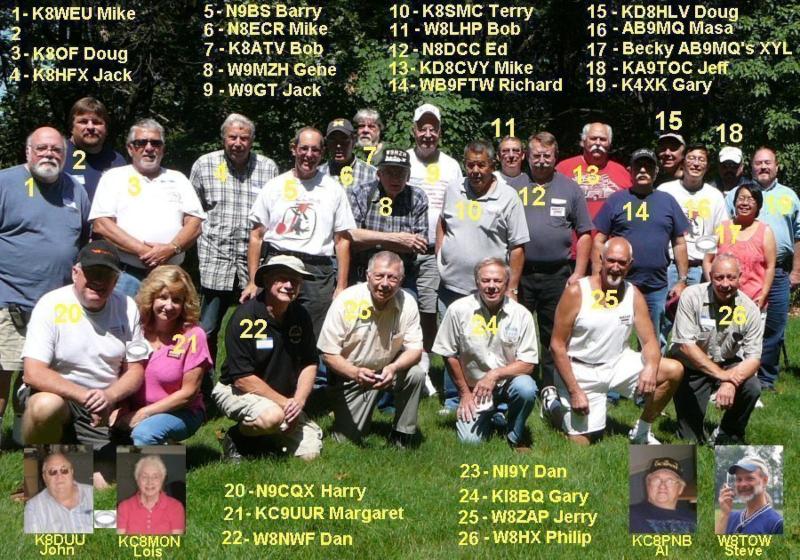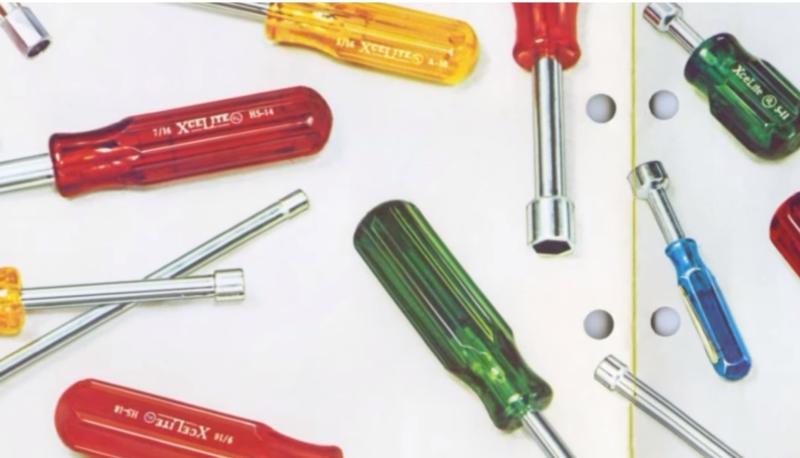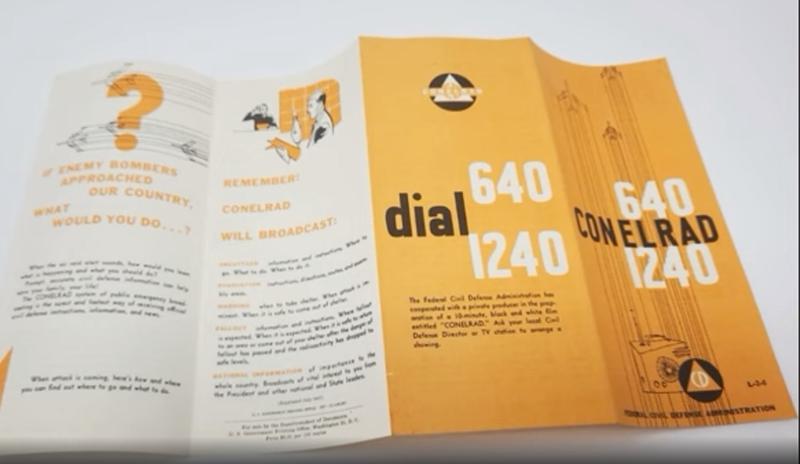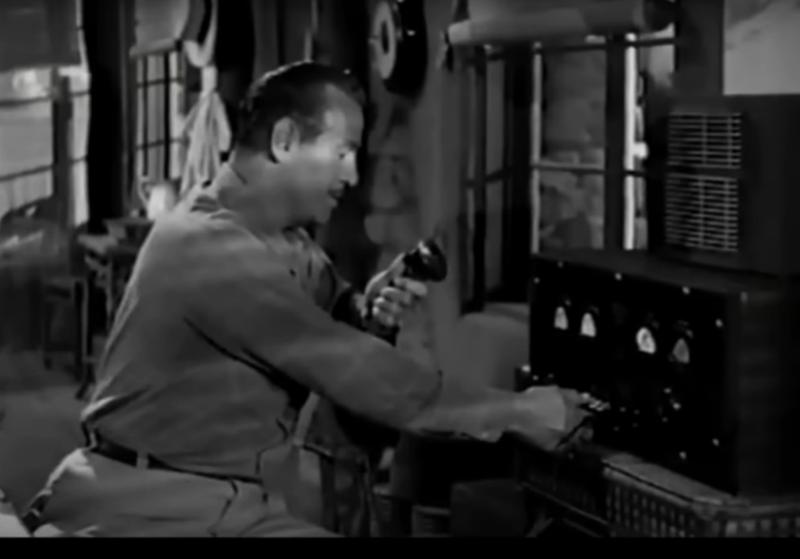
Posted By: Robert Nickels (W9RAN) Posted: 02/52/2023 Tech Library 0 Comments 02/52/2023 |
What is Q?and how to measure it using the ringdown method |
|
What is Q? A concise definition: "In physics and engineering, the quality factor or Q factor is a dimensionless parameter that describes how underdamped an oscillator or resonator is." We know it's important in RF circuits - low Q coils or tuned circuits will result in loss and perform inefficiently. We may remember from the Handbook that the Q of a coil equals the ratio of X/R, that is inductance divided by resistance. Thus to make high Q coils we use larger diameter wire to reduce the resistance, and wind the coil on low-loss materials and do other things to maximize the Q. But how do we know what the Q of a tuned circuit actually is? Everything that vibrates or oscillates has a resonant frequency, and as the above definition implies, a high Q factor means the signal is more undamped than a low Q factor circuit. A good analogy is to think of a tuning fork or a bell, which once struck continues to vibrate for a long time. But if we touch it with our fingers, we "dampen" the vibrations and the ringing stops. If we were to drape a cloth over it, the resonant frequency could still be heard, but very faintly and it would die out instantly, because of the increased damping. In fact Q is just the recipricol of the damping factor, and refers to the same measurement. If you go by the Q value displayed on a handheld meter or RLC type bridge, you can be assured it is lying to you. That's because these meters only measure at one or a few low frequencies, such as 100kHz max. They can't tell you what the Q factor of an RF circuit actually is at the frequency it is to be used. Fortunately there is a very simple solution to this dilemma. The following test setup will allow measuring Q by the ringdown method:
Every time a new square wave starts the output voltage rises rapidly which causes a corresponding induced voltage to flow in the circuit under test. After this "hammer strike" the stimulus is quiet for a comparative long time - long enough for the response to completely die out. I used a 1 kHz square wave so there was an impulse exciting the tuned circuit under test ever 1 ms and by setting the trigger controls on the scope a waveform like this was captured:
For this test I set the function generator for a 1 khz square wave, at 15 volts. The output was connected to a two turn loop that would positioned near the circuit under test to obtain a good display. The scope is set for 100 ns per division or as desired to get a full screen display. The cursors have been set to the highest peak and 1/2 this value, but eyeball is good enough since Q is not a precise measurement. The time difference between peak and 1/2 peak is just the number of cycles and we can easily count them (=2 cycles). The Q of this circuit is thus 2 * 4.53 = 9. If more cycles are present (i.e. higher Q) than can be counted easily, the process is just to measure the number of division betwee the peak points and multiply by the time per division. So what does this tell us about Q? Well, there is a mathmetical relationship that can be boiled down to the amount of time required for the signal response to drop to 50% of it's peak value. Skipping the mathmetical derivation, it comes to: Q = Pi * N(number of cycles) / ln(2) - - which can be solve to Q = 4.53*N (seel the link below if you don't believe me!) So all we need to do is determine the number of cycles it take to where the signal has dropped by 1/2, and multiply by 4.53 to get Q. The derivation of that number and a more detailed descripton of the ringdown method and some examples can be viewed HERE Anyone wishing to use this method is highly encouraged to read the information at the link above. If you want to learn how to make really good high Q tuned circuits, this is the easiest way to do it and to KNOW that your measurement reflects how the circuit will actually work at the intended RF frequency. One of the examples shown is a magnetic loop antenna, where any reduction in Q is going to translate directly into how good and usable the antenna is going to be. Additional references can be found at the link as well |
|
Related Comments
You must be logged in to leave comments.
Latest News
Latest Videos
Latest Blogs
Latest Articles
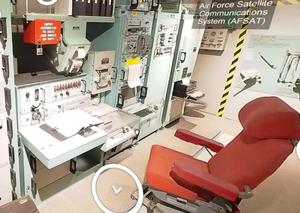
Monitoring Post
Posted: 04/93/2024
Comments: 0 |
Skyking Skyking do not answer. Message follows...
Anyone who caught one of the Emergency Action Notifications (EAN) transmitted by the US Air Force on the HF bands remembers this phrase.But not many know how the EAN is actually used by our military. This re-creation of a Minuteman III Launch Control Facilitliy (LCF) in Utah provides a realistic view of what happens when an EAN is received by a missile control crew, 60 feet under... READ MORE |
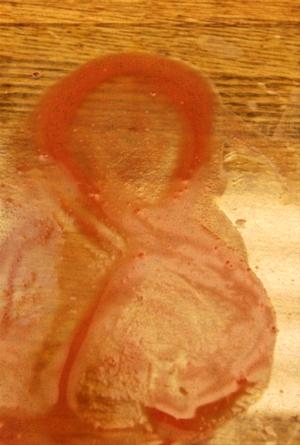
On the workbench
Posted: 01/22/2024
Comments: 0 |
Grind your own?
If you're a long-time ham you might know what the smeary figure-8 pattern is....Back in the Novice era, many used crystals purchased from suppliers like JAN Crystals who purchased large quantities of military surplus crystals and reground them for the ham bands. That's why they were cheap, but also why you couldn't get a specific frequency as they'd grind by a formula and is long... READ MORE |
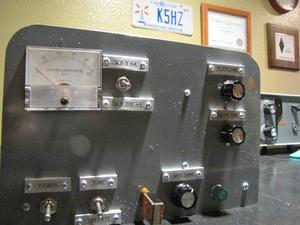
Heat up the iron
Posted: 12/364/2023
Comments: 0 |
K5HZ's "AC-2" Compactron transmitter
Ron K5HZ has been building equipment since he first got his ham license in the early 60s, and while he has other transmitters, all it took to build a new one was finding a "free to good home" power transformer at a hamfest. It also gave him a chance to try using a couple of Compactron tubes that had caught his eye - the 6T10 dual pentode and the 6GE5 beam power pentode that was d... READ MORE |
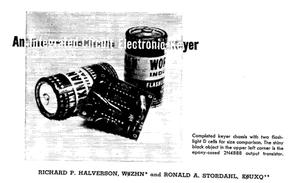
Brass Pounding
Posted: 12/341/2023
Comments: 0 |
DigiKeyer
If you build almost anything electronic, chances are good you've purchased parts from DigiKey Electronics. But did you know that DigiKey - now one of the world's largest electronics distributors - started out as a ham radio company?"More than 50 years ago, a digital electronic device designed to generate uniform Morse characters and spaces was made available for sale by amateur radio enthusi... READ MORE |

Looking Back
Posted: 11/332/2023
Comments: 0 |
Heathkit - An Employee Looks Back
Electronic Design magazine published an excellent interview in 2020 with Chas Gilmore W8IAI, former Heath engineer, manager, and executive. Anyone with an interest in Heathkits will find this interview to be well worth the time to read. You can read it for free without registration here at the ELECTRONIC DESIGN WEBSITEThe photo below was borrowed from W8IAI's QRZ page, and shows h... READ MORE |

On the workbench
Posted: 11/320/2023
Comments: 0 |
Fusing the DX-40
Upon examining a DX-40 given to me by a good friend, I was surprised not to find the usual fused plug on the AC line cord. I thought maybe Heathkit realized the error of their ways and had put one inside - but no. A check of the schematic confirmed that fuses were never a part of the DX-40 design. This needed to be corrected but after first considering hogging a... READ MORE |

Heat up the iron
Posted: 11/312/2023
Comments: 0 |
KA8WQL's "Trifecta Receiver"
In racing, a trifecta is "a run of three wins or grand events." When I read the first sentence of Bob KA8WQLs article about his homebrew receiver, the word trifecta came to mind because he managed to do all three things at the same time! I think you'll agree!I read once, a long time ago, that the Radio Amateur should have three stations: one that looks good, one... READ MORE |

Tech Library
Posted: 11/311/2023
Comments: 0 |
EIA Codes - a clue to "who made what"
Although Source Codes ceased with the 2001 edition, it is available here for historical purposes.The EIA Source Code is a numeric symbol that was assigned and registered by the Electronic Industries Association (EIA) that could be stamped or marked on any or all products to identify the production source or the vendor assuming product responsibility.In addition, the EIA code provided for adding nu... READ MORE |
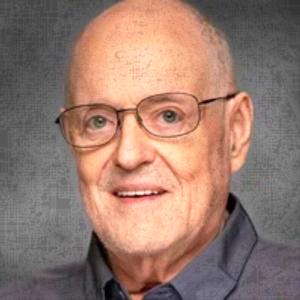
Tech Library
Posted: 10/302/2023
Comments: 0 |
David Gleason is an unsung hero
While working as a Univision programming and research exec in the early 2000, David Gleason began digitizing publications about the radio and TV business and posting them on his personal website so that he could easily share them as he traveled around and met with station staff.It was helpful in persuading the locals to take his advice, he says. “Rather than it just sounding like my opinion,... READ MORE |
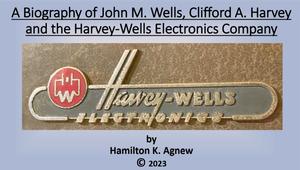
Looking Back
Posted: 10/276/2023
Comments: 0 |
John Wells, Cliff Harvey, and the Harvey-Wells Electronics Company
Through the courtesy of the author, Hamilton K. Agnew, it's a pleasure to share this history of one of ham radios pioneering companies - Harvey Wells Electronics. The company was a very important contributor to world-wide electronics, both during WWII and many years after, as well as a substantial manufacturer of ham radio equipment.Download it from the link at the ... READ MORE |
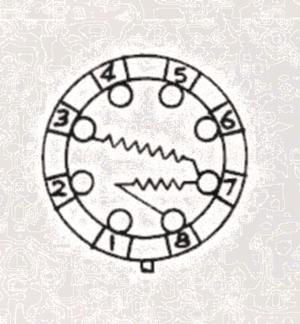
Tech Library
Posted: 08/234/2023
Comments: 0 |
Ballast Tube data and substitutions
Here's some information that isn't often needed, but difficult to find: A. P. Jacobi's Ballast Tube Handbook and Substitution Guide. Download from the "Attachments" link below.... READ MORE |
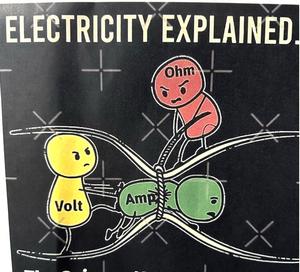
Tech Library
Posted: 08/214/2023
Comments: 0 |
Electricity Explained
We've heard there is some confusion about how electricity works. This should clear things up.... READ MORE |
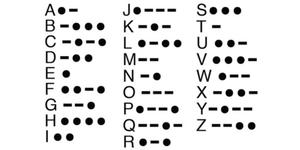
Brass Pounding
Posted: 06/172/2023
Comments: 0 |
A Poem about Morse Code
A member of the Long Island CW Group thought he'd give one of those AI chatbot sites a challenge...he didn't expect much but got a real surprise... In a world of signals, hidden and grand,A language of dots and dashes, hand in hand.Morse code whispers, in rhythm and sound,A symphony of messages, profound. With a simple click, a dot appears,A fleeting moment, to the listening ears.Short a... READ MORE |
|
Looking Back
Posted: 06/171/2023
Comments: 0 |
The History of the Car Radio
Seems like cars have always had radios, but they didn't. Here's the story:One evening, in 1929, two young men named William Lear and Elmer Wavering drove their girlfriends to a lookout point high above the Mississippi River town of Quincy, Illinois, to watch the sunset. It was a romantic night to be sure, but one of the women observed that it would be even nicer if they could listen to music in th... READ MORE |
|
Looking Back
Posted: 06/171/2023
Comments: 0 |
History of the Car Radio
Seems like cars have always had radios, but they didn't. Here's the story: One evening, in 1929, two young men named William Lear and Elmer Wavering drove their girlfriends to a lookout point high above the Mississippi River town of Quincy, Illinois, to watch the sunset. It was a romantic night to be sure, but one of... READ MORE |
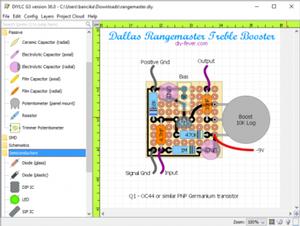
Tech Library
Posted: 05/125/2023
Comments: 0 |
DIY Layout Creator
If you're like most homebrewers, often times you just want to build a one-time-only circuit and end up with a haphazard layout or one you have to tear apart and start over on to get everything to fit. DIY Layout Creator is designed for just this purpose! Not only do you get a layout that will work but a document that shows what you did so when you come back to it 3 weeks la... READ MORE |
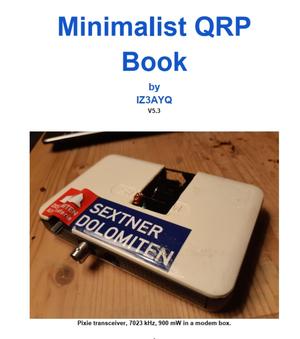
Tech Library
Posted: 04/105/2023
Comments: 0 |
Minimalist QRP Book by IZ3AYQ
Everyone probably remembers building - or at least thinking about building - a small simple transmitter or receiver from an article in one of the radio magazines. They may not have used the term "minimalist" back then but the idea was the same - no frills, just a simple rig that could be easily assembled and was capable of being used on the air. Nowadays, QRP operati... READ MORE |
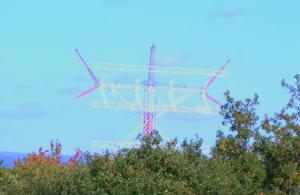
Monitoring Post
Posted: 04/91/2023
Comments: 0 |
The NEW WBCQ - 9330 kHz - Last Chance Radio superstation
Everyone who listens to shortwave is familiar with WBCQ, Monticello Maine USA aka "the Planet" and it's owner Allan Weiner who has been a legit broadcaster for many years after a youthful flirtation with pirate radio. But if you think WBCQ is a rag-tag collection of old SW transmitters held together by baling wire attached by Timtron - you are WAY out of calibration! &... READ MORE |

Welcome to the Shack
Posted: 03/89/2023
Comments: 0 |
Mr. Harvey Wells, Kelley W8GFG (SK)
Long-time particpants in the Midwest Classic Radio Net will remember Kelley W8GFG, who was always looking for "anything Harvey Wells". We lost Kelley too young in 2011 but his persistent quest from St. John IN is an abiding memory. I remember meeting him at a Chicago area hamfest and asking if he had any spare Harvey Wells speakers. He said no, they were very ra... READ MORE |

What's New?
Posted: 03/87/2023
Comments: 0 |
One Man's Quest To Revive The Great American Vacuum Tube
ROSSVILLE, GEORGIA, ON the border with Tennessee, doesn’t look like a tech town. It’s the kind of place where homey restaurants promising succulent fried chicken and sweet tea are tucked among shuttered businesses and prosperous liquor stores. The cost of living is moderate, crime is high, politics are red, and the population has withered to 3,980.But in the view of entrepreneur C... READ MORE |



